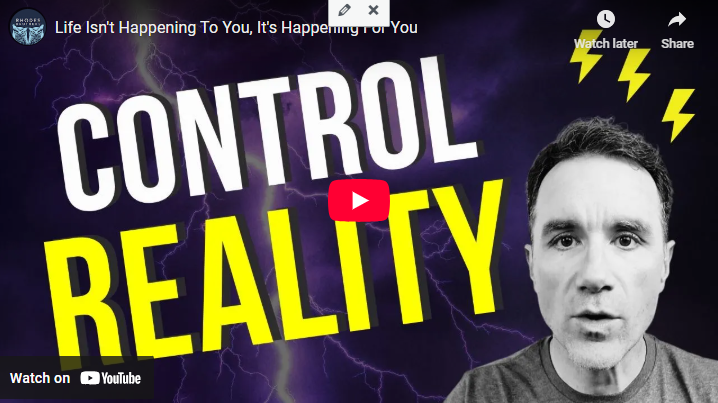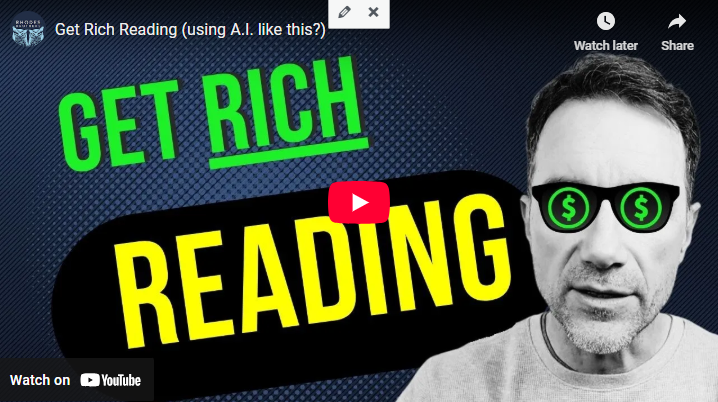For More Free Videos, Subscribe to the Rhodes Brothers YouTube Channel.
“Anxiety does not empty tomorrow of its sorrows, but only empties today of its strength.” – Charles Spurgeon
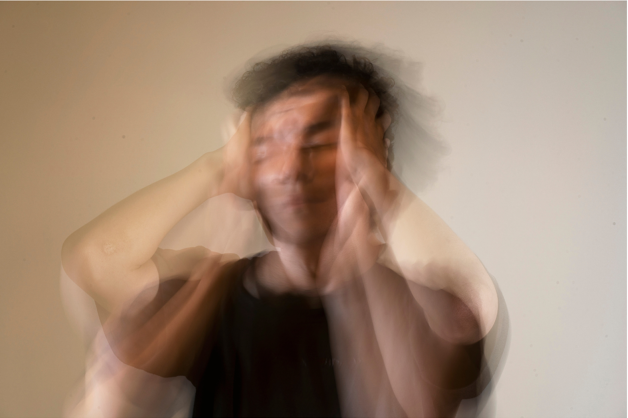
Anxiety affects millions of people daily, leaving them feeling overwhelmed, restless, and disconnected. But what if I told you that you can take control of your anxiety with simple, effective mindfulness techniques? The best part? These techniques don’t require years of practice or fancy tools—they’re accessible to anyone, anywhere, at any time.
In the words of John S. Rhodes from the Rhodes Brothers YouTube Channel: “A lot of anxiety is driven by a feeling of a lack of control. But it’s not the actual lack of control—it’s how we perceive it. By focusing on what you can control, you can let the rest go.”
This guide will walk you through proven mindfulness strategies that help reduce anxiety, empower you to take charge of your thoughts, and bring calm to your everyday life. From journaling to meditation and even creative expression, you’ll discover actionable steps to build emotional resilience and achieve inner peace.
TL;DR
- Start journaling: Write down your thoughts, even if it’s just sticky notes or margin scribbles.
- Practice meditation: Focus on your breathing to center yourself.
- Embrace discomfort: Shift your mindset to see challenges as opportunities for growth.
- Interrogate your inner dialogue: Question negative thoughts and take control of your mindset.
- Be grateful in tough moments: Find things to appreciate, even in stressful situations.
- Express yourself creatively: Use art, writing, or any creative outlet to channel your emotions.
How to Use Mindfulness Techniques for Anxiety
Anxiety can feel like a storm brewing in your mind, but mindfulness is the anchor that keeps you steady. Below, we’ll explore powerful techniques step by step to help you reclaim control and find peace.
Start Journaling to Release Your Thoughts
Journaling is more than just writing—it’s a way to process emotions and untangle the chaos in your mind. When anxiety strikes, your thoughts can feel scattered, jumbled, and overwhelming. Journaling helps you organize them into clearer, more manageable pieces.
- Why it works: Writing bridges the gap between your emotions and rational thinking. By putting pen to paper, you externalize your worries and create space for solutions.
- How to start:
-
-
- Keep it simple: You don’t need a fancy notebook. Use what you have—a piece of paper, sticky notes, or even a digital note app.
- Write freely: Don’t worry about grammar or structure; let your thoughts flow naturally. Sometimes, the process of writing is more powerful than the final product.
- Try prompts: Reflect on questions like:
- “What’s making me anxious right now?”
- “What can I do to feel better?”
- “What am I grateful for in this moment?”
-
Pro Tip: Add doodles or sketches to your journal. Studies show that doodling can improve focus and reduce stress. It’s a simple (and fun) way to process emotions visually.
Tools for Journaling
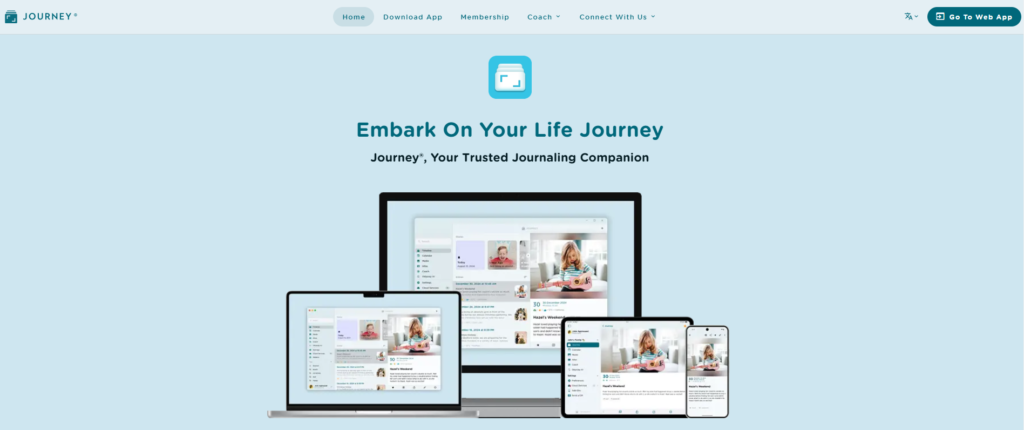
- Apps:
-
- Day One (iOS, Android): A sleek, easy-to-use digital journaling app with reminders and templates.
- Journey (iOS, Android, Web): Offers guided prompts and cloud syncing to keep your thoughts organized.
- Physical Journals:
-
- The Five-Minute Journal: Perfect for beginners with its structured prompts for gratitude and reflection.
- Leuchtturm1917 Notebooks: Great for free-form journaling with high-quality paper.
Example: Feeling anxious about a deadline? Write down, “I’m worried I won’t finish in time.” Then counter it with, “If I break this into smaller steps, I can make progress today.”
Meditate to Find Your Calm
Meditation is one of the most effective tools for managing anxiety—and it’s simpler than you might think. At its core, it’s about being present and focused. When anxiety takes over, meditation helps you hit the “pause” button and reconnect with the present moment.
- Why it works: Anxiety often pulls your mind into the future or drags it back to the past. Meditation anchors you in the “now,” reducing the mental clutter that fuels anxiety.
- How to meditate:
-
- Find a quiet, comfortable space where you won’t be interrupted.
- Sit or lie down in a position that feels good.
- Close your eyes and breathe naturally.
- Focus on your breath. Feel the air entering and leaving your nostrils. If your mind wanders, gently bring your attention back to your breath.
Why focus on breathing? Your breath is always with you, making it the perfect anchor for mindfulness. John S. Rhodes explains: “If you’re relaxed with your eyes closed and focused on your breathing, it tends to center you in the moment.”
Tools for Meditation
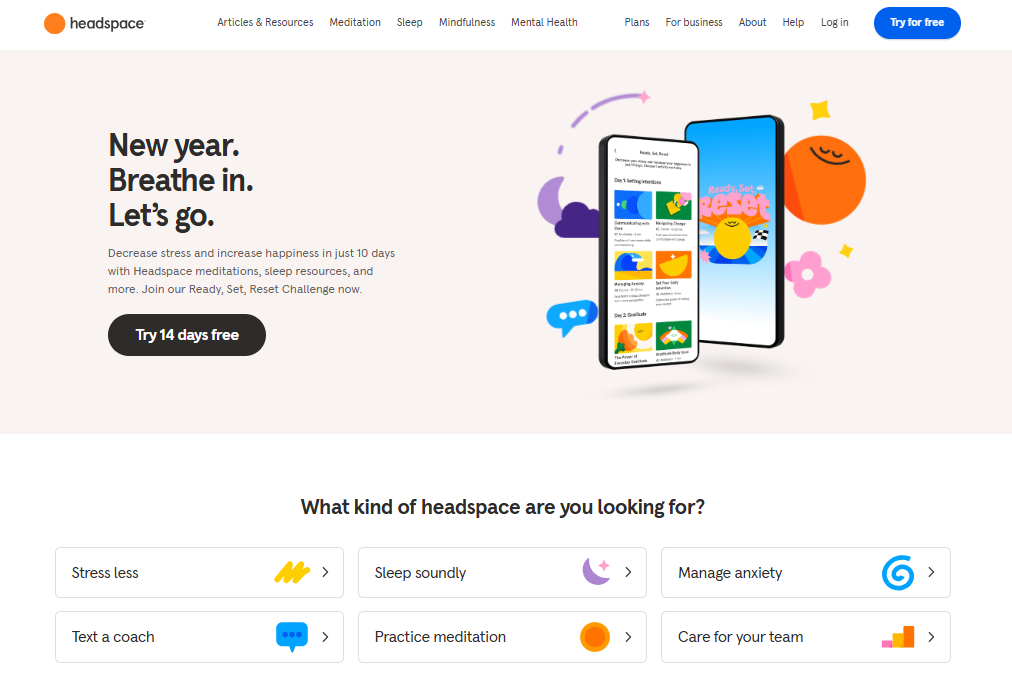
- Guided Meditation Apps:
-
- Calm: Offers a variety of guided meditations, sleep stories, and breathing exercises.
- Headspace: Perfect for beginners, with short, easy-to-follow meditation sessions.
- Insight Timer: Free access to thousands of guided meditations and music tracks.
- Breathing Tools:
-
- Breathwrk (iOS, Android): A guided breathing app to help reduce stress and improve focus.
- Spire Stone: A wearable device that tracks your breathing and helps you manage stress in real time.
Example: Overwhelmed at work? Take a 5-minute meditation break with an app like Calm. Sit at your desk, close your eyes, and focus on your breath. You’ll feel calmer and more focused in no time.
Embrace Discomfort to Build Resilience
Here’s a counterintuitive truth: the more you resist discomfort, the stronger it grows. Instead, lean into it and see it as a part of life’s process.
Reframe the struggle: Anxiety often comes from fearing discomfort. But what if you saw challenges as opportunities to grow? As John S. Rhodes puts it: “The obstacle is the way.”
How to embrace discomfort:
- Identify the challenge causing your anxiety.
- Ask yourself: What can I learn from this?
- Take one small step to address it.
Tools for Building Resilience
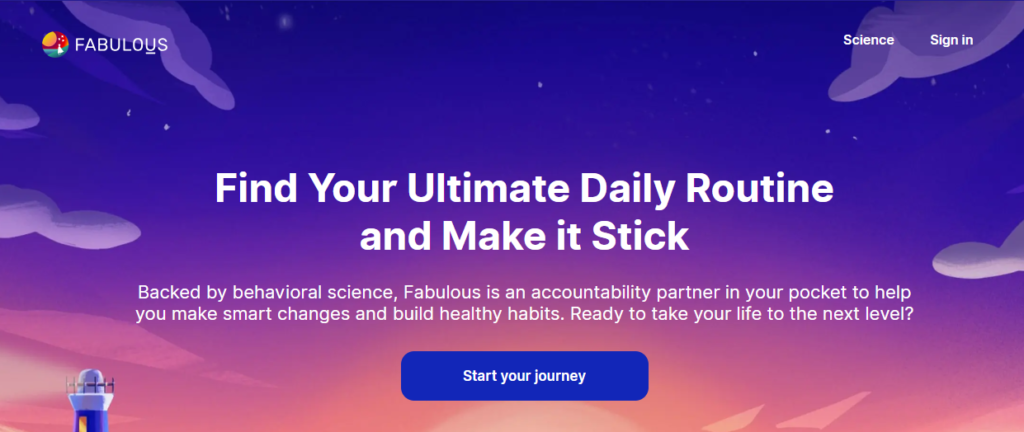
Books:
- The Obstacle Is the Way by Ryan Holiday: A practical guide to overcoming challenges.
- Grit by Angela Duckworth: Insights on perseverance and embracing struggle.
Apps:
- Fabulous (iOS, Android): Helps you build habits for resilience and personal growth.
Example: Nervous about a presentation? Reframe it as a chance to learn and improve—and remember, every great speaker started somewhere.
Take Charge of Your Inner Dialogue
We all have an inner voice that can either lift us up or tear us down. Anxiety often amplifies the negative side, but you can regain control by interrogating your thoughts.
How to do it:
- When a negative thought arises, pause and question it.
- Ask yourself: Is this thought true? Is it helpful?
- Replace it with a more constructive perspective.
Tools for Inner Dialogue
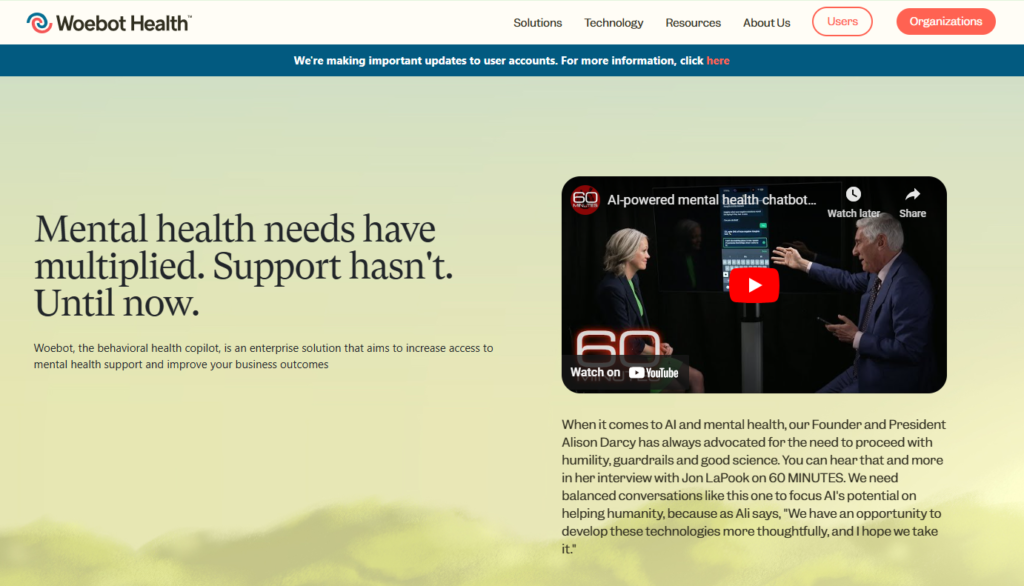
- CBT Apps:
- Journals:
-
- Cognitive Behavioral Therapy Journal: Structured prompts to help you challenge and replace negative thoughts.
Example: Instead of thinking, “I’ll never get this right,” try, “I’m learning, and progress takes time.”
Cultivate Gratitude in Difficult Moments
Gratitude is a powerful antidote to anxiety. It shifts your focus from what’s wrong to what’s right, even in challenging situations.
Tools for Practicing Gratitude
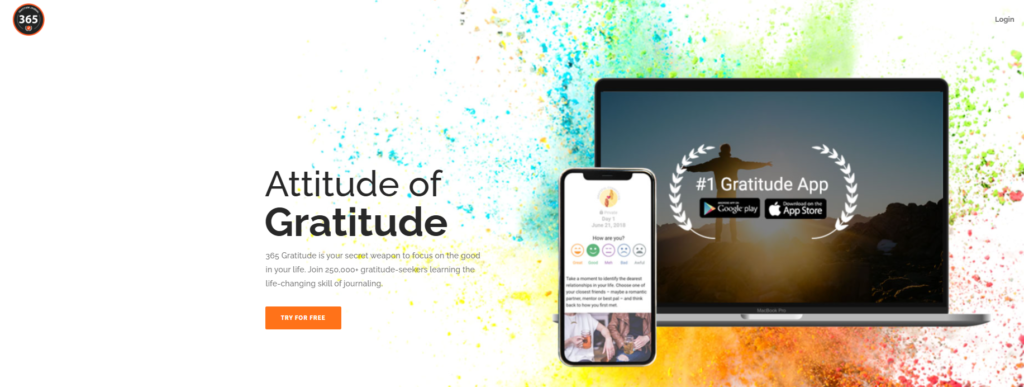
- Apps:
-
- Grateful: A simple app for recording daily moments of gratitude.
- 365 Gratitude Journal: Includes prompts and reflections to help you develop a gratitude habit.
- Physical Tools:
-
- Gratitude Journals: Look for ones with prompts, like Start with Gratitude.
Example: Stuck in traffic? Instead of stressing, think about the podcast you’re enjoying or the extra time to reflect on your day.
Channel Your Emotions Through Creative Expression
Creativity isn’t just for artists—it’s a mindfulness tool that helps you process and express emotions.
Tools for Creative Expression
- Digital Tools:
-
- Procreate: A digital painting app for iPad.
- Canva: Easy-to-use design software for creating visuals.
- Physical Tools:
-
- Sketchbooks, colored pencils, or watercolors for hands-on creativity.
- Writing Apps:
-
- Scrivener: Great for long-form writing, like books or poetry.
- Evernote: Perfect for jotting down ideas and reflections.
Example: Feeling anxious? Grab a blank sheet of paper and start sketching. It doesn’t need to be perfect; the act of creating is what matters.
Actionable Steps and/or Direct Advice for Mindfulness Techniques for Anxiety
Mindfulness is for everyone, but the way you incorporate it into your life can vary depending on your situation, schedule, and personal needs. Here are tailored steps for different groups, making it easier for you to start and sustain your mindfulness journey.
For Beginners: Start Small and Build Gradually
If you’re new to mindfulness, start with bite-sized practices that don’t feel overwhelming. You don’t need to dedicate hours a day or buy expensive tools—mindfulness begins with small, intentional moments.
- 5-Minute Meditation: Start with just five minutes a day. Sit comfortably, close your eyes, and focus on your breathing. You can even use a guided meditation app like Headspace or Calm to make it easier.
- One-Sentence Journaling: If journaling feels intimidating, begin with a single sentence. Write down your thoughts, worries, or something you’re grateful for. Over time, you’ll naturally write more as it becomes a habit.
- Mindful Observation Exercise: Spend one minute observing something simple, like the texture of your coffee mug, the sound of birds outside, or the way sunlight dances on your desk. This sharpens your focus and draws you into the present moment.
Example: Before bed, write one sentence about the best thing that happened during your day. This practice helps you end the day on a positive note and builds a foundation for gratitude.
For Busy Professionals: Integrate Mindfulness Into Your Routine
With tight schedules and endless to-do lists, professionals often feel like there’s no time for mindfulness. But even a packed day has opportunities for small moments of calm. The key is to fit mindfulness into your existing routine without adding extra stress.
- Use Mindfulness Apps During Breaks: Apps like Insight Timer and Breathwrk are perfect for quick mindfulness exercises. Take 2-3 minutes during lunch or between meetings to listen to a short guided meditation or do a breathing exercise.
- Sticky Notes for Quick Journaling: Keep sticky notes or a small notebook handy at your desk. Jot down a quick thought, an affirmation, or something you’re grateful for when you feel stressed.
- Mindful Commuting: Turn your commute into a mindfulness practice. If you’re driving, focus on your breathing or the rhythm of the road. If you’re on public transport, listen to a calming podcast like The Daily Meditation Podcast or simply observe your surroundings without judgment.
- Mindful Emails: Before sending an email, take a deep breath and reread it with intention. This simple act reduces rushed mistakes and fosters a sense of calm.
Example: During a stressful workday, take a 3-minute breathing break using an app like Breathwrk. Even this short pause can help you reset and approach your tasks with renewed focus.
For Parents: Practice Mindfulness With Your Kids
Parenting comes with its own set of challenges, from busy schedules to the emotional demands of raising children. The good news? Mindfulness can be a family activity that benefits both you and your kids. Not only does it help you stay calm, but it also teaches children valuable emotional regulation skills.
- Deep Breathing Together: When emotions run high—whether it’s you or your child—use deep breathing exercises to calm down together. Try the “balloon breath” exercise: Imagine you’re blowing up a balloon, taking a deep breath in, and slowly exhaling to “inflate” it.
- Mindful Bedtime Routine: Incorporate mindfulness into bedtime by reflecting on the day together. Ask your child to share one thing they’re grateful for or a happy moment they experienced.
- Create Art as a Family: Engage in creative activities like drawing, painting, or even coloring in a mindfulness coloring book. These activities are relaxing and allow for self-expression without pressure.
- Nature Walks: Go for a short walk with your kids and turn it into a mindful experience. Encourage them to notice small details, like the sound of leaves rustling or the way the air smells after rain.
Example: If your child is upset about something, sit with them and model mindful breathing. Say, “Let’s take three deep breaths together.” This not only calms them down but also strengthens your bond.
For Those Nearing Retirement: Reflect and Set Intentions
Retirement marks a significant life transition, and mindfulness can help you navigate this new chapter with purpose and gratitude. This stage of life offers a unique opportunity to slow down, reflect on your journey, and embrace new experiences.
- Reflect Through Journaling: Use journaling to reflect on past achievements, lessons learned, and aspirations for the future. Write about what you’re grateful for and what excites you about this new phase.
- Set Intentions for the Future: Instead of thinking about retirement as an “end,” reframe it as a beginning. Create a vision for how you want to spend your time, focusing on activities and relationships that bring you joy.
- Mindful Hobbies: Explore hobbies that promote mindfulness, like gardening, painting, or yoga. These activities keep your mind engaged and encourage you to stay present.
- Gratitude Journaling: Each morning or evening, write down three things you’re grateful for. This simple practice can boost your mood and help you see the positives in everyday life.
- Practice Meditation: Meditation can help you process the emotions that come with change. Use apps like Calm or Insight Timer to guide you through meditations designed for reflection and gratitude.
Example: Spend 10 minutes each morning journaling about what you’re excited to do that day. This practice sets a positive tone and helps you approach retirement with enthusiasm and mindfulness.
Common Mistakes to Avoid When Practicing Mindfulness for Anxiety
Mindfulness is a powerful tool for reducing anxiety, but like any skill, it’s easy to fall into certain traps that hinder progress. These mistakes can make mindfulness feel frustrating or ineffective, especially when you’re just starting out. By identifying and avoiding these common pitfalls, you can create a sustainable mindfulness practice that truly benefits your mental health.
Trying to Be Perfect
One of the biggest misconceptions about mindfulness is that you need to do it “perfectly” for it to work. This mindset can lead to unnecessary stress and self-criticism—ironically, the very things mindfulness seeks to reduce.
- Why It Happens: Many people assume mindfulness is about achieving a completely clear mind or flawless meditation sessions. When distractions arise or emotions bubble up, they feel like they’ve “failed.”
- The Truth: Mindfulness isn’t about eliminating thoughts or feelings. It’s about showing up, noticing what’s happening in the moment, and being kind to yourself in the process.
Solution: Focus on consistency, not perfection.
- Set small, realistic goals, like meditating for 2-5 minutes a day, and stick to them.
- Remind yourself that distractions and wandering thoughts are normal. The key is to gently bring your attention back to your breath or the present moment without judgment.
- Celebrate progress, no matter how small. Even one mindful breath during a chaotic day is a step in the right direction.
Example: If you’re meditating and your mind wanders to your grocery list, don’t beat yourself up. Instead, acknowledge the thought with curiosity (“Oh, look, I’m thinking about groceries!”) and gently return to your breath.
Skipping the Basics
In a world filled with apps, guided meditations, and advanced mindfulness techniques, it’s easy to overlook the simple practices that form the foundation of mindfulness. Skipping these basics can make mindfulness feel overwhelming or inaccessible.
- Why It Happens: Beginners often feel pressure to dive into complex practices, like hour-long meditation sessions or intricate yoga routines. This can lead to frustration or burnout.
- The Truth: The most effective mindfulness techniques are often the simplest ones, like mindful breathing or paying attention to your surroundings. Starting small allows you to build confidence and establish a strong foundation.
Solution: Start with one technique and build from there.
- Begin with simple practices like deep breathing or body scanning (noticing physical sensations in your body).
- Once you’re comfortable with one technique, gradually explore others, like journaling, gratitude practices, or guided meditations.
- Keep it manageable—5 minutes of mindful breathing is more impactful than skipping mindfulness entirely because it feels too complicated.
Example: Instead of aiming for a 30-minute meditation on your first try, start with a 2-minute breathing exercise. Sit comfortably, close your eyes, and focus on the sensation of your breath entering and leaving your body.
Overloading Yourself
With so many mindfulness techniques available—meditation, journaling, yoga, gratitude, mindful walking—it’s tempting to try them all at once. While enthusiasm is great, taking on too much too soon can lead to frustration and a sense of failure.
- Why It Happens: Many people feel that they need to “fix” their anxiety quickly, so they add multiple mindfulness practices to their routine, hoping for faster results. However, this can backfire, as it feels overwhelming and unsustainable.
- The Truth: Mindfulness is most effective when practiced consistently, not when overloaded. It’s better to master one or two techniques than to dabble in many without committing to any.
Solution: Pick 1-2 strategies and stick with them for a few weeks.
- Choose techniques that resonate with you and fit into your lifestyle. For example, if you enjoy writing, start with journaling. If you’re often on the go, try mindful walking or breathing exercises.
- Commit to practicing these techniques daily for 2-3 weeks before adding new ones. This allows you to build a habit and experience their full benefits.
- Remember, mindfulness isn’t a race. It’s about creating sustainable habits that support long-term emotional resilience.
Example: Instead of trying to meditate, journal, and practice gratitude all in one day, focus on just one. For instance, start with a 5-minute gratitude practice each evening. Once that becomes a habit, consider adding a short meditation session to your morning routine.
Frequently Asked Questions
What is mindfulness, and how does it help with anxiety?
Mindfulness is the practice of being present in the moment. It reduces anxiety by helping you focus on what you can control instead of ruminating on worries.
How long does it take to see results?
You may notice small changes immediately, but consistent practice over a few weeks yields the best results.
Is journaling necessary for mindfulness?
No, but it’s a helpful tool. If journaling isn’t your thing, try other outlets like meditation or creative expression.
Can mindfulness replace therapy?
Mindfulness is a great complement to therapy, but it’s not a substitute for professional help if needed.
What if I can’t focus during meditation?
It’s normal! Gently bring your attention back to your breath each time your mind wanders.
How do I start a gratitude practice?
Write down 3 things you’re grateful for each day or simply reflect on them mentally.
What’s the best mindfulness app?
Popular options include Calm, Headspace, and Insight Timer.
Can mindfulness help with severe anxiety?
Yes, but it works best alongside professional treatment for severe cases.
Is creative expression only for artists?
Not at all! Everyone can benefit from expressing themselves, whether through writing, painting, or even cooking.
How do I stay consistent?
Start small, set reminders, and make mindfulness part of your daily routine.
Take the First Step Toward Calm
Anxiety doesn’t have to control your life. By practicing mindfulness techniques like journaling, meditation, and gratitude, you can regain control, find peace, and thrive in the face of challenges.
Ready to take the next step? Start small—write one sentence in a journal, take five deep breaths, or create something today.
For more guidance and inspiration, subscribe to the Rhodes Brothers YouTube Channel here. Their expert advice and actionable tips will keep you motivated on your journey to a calmer, happier life.
Resource List
Books
Courses
- Mindfulness-Based Stress Reduction (MBSR) programs
- MasterClass on meditation (taught by Jon Kabat-Zinn)
Apps
Podcasts


